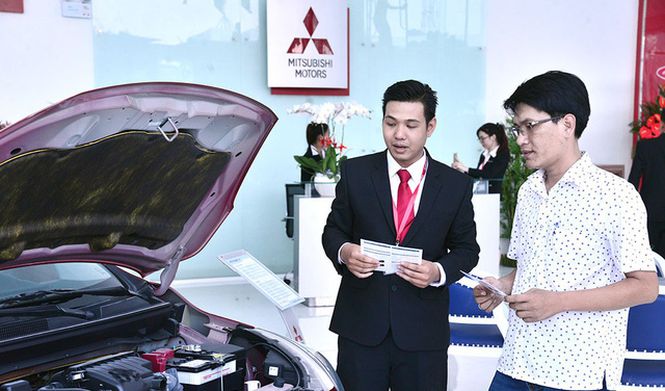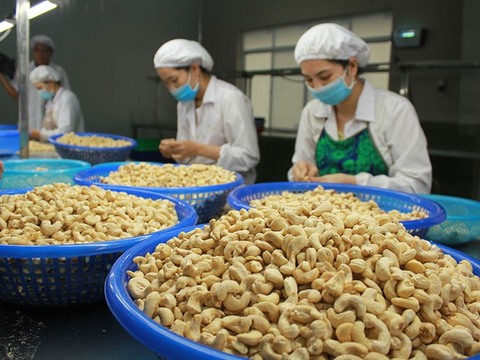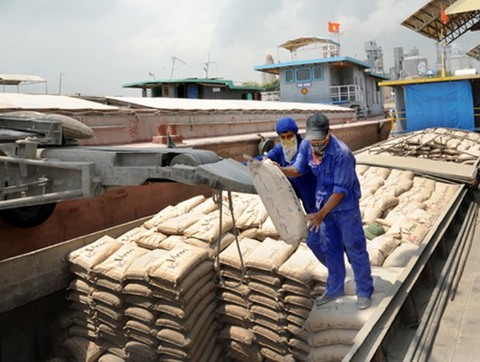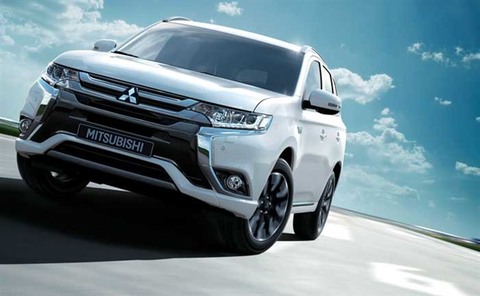Vietnam spends $11.6bn importing 528,000 cars over seven years
Vietnam spends $11.6bn importing 528,000 cars over seven years
Vietnam posted impressive statistics, both in volume and value, regarding imports of completely built-up (CBU) cars over the last seven years, local customs reported.

From 2011 to the end of the first quarter of this year, the Southeast Asian country spent more than US$11.6 billion importing 528,200 cars, according to the latest data from the General Department of Vietnam Customs.
CBU is a term given to vehicles completely manufactured and assembled in their country of origin prior to their shipment to the country of import.
Vietnam’s car imports reached a peak with 125,500 vehicles in 2015, before entering a downward trend in 2017, falling to just more than 97,000 units.
In Q1/2018, only 4,200 units were imported, hitting a dramatic 85 percent decrease compared to the same period last year.
The data is a contradiction to earlier market anticipation that in 2018 cars would be imported into Vietnam en masse when import duties on CBU vehicles shipped from ASEAN countries were eliminated.
This sharp downtrend is due to the 2017 provisions of Government Decree 116 on the production, assembly and trading of cars, according to industry insiders.
Few local businesses are able to meet the strict requirements set forth in the decree to bring more cars to the country.
The decree stipulates that automobile importers must have warranty and maintenance facilities, and are registered as authorized dealers for foreign car manufacturers.
They must also obtain multiple documents, including a quality certificate of the type of imported car issued by a competent agency or organization in the country of origin.
This kind of document in fact does not exist in countries from which Vietnam mainly imports cars, such as South Korea, India, Thailand, and Japan.
What Vietnam imported
Vehicles with less than nine seats and trucks collectively accounted for 86 percent of total imports in the seven-year period, according to customs data.
However, the share of imported cars under nine seats has been falling over the last two years, against the rise of truck imports.
While 51,400 cars with less than nine seats were shipped to Vietnam in 2015, the figure slightly dropped to 50,600 units in 2016 before falling sharply to 38,800 units the following year.
From 2017 onward, the number of cars under nine seats imported from Thailand and Indonesia has risen sharply, accounting for the largest market share in Vietnam.
Thailand is the biggest exporter of cars of this category to Vietnam, with 2,900 units shipped in the first quarter of this year, accounting for more than 95 percent of the total figure.

























